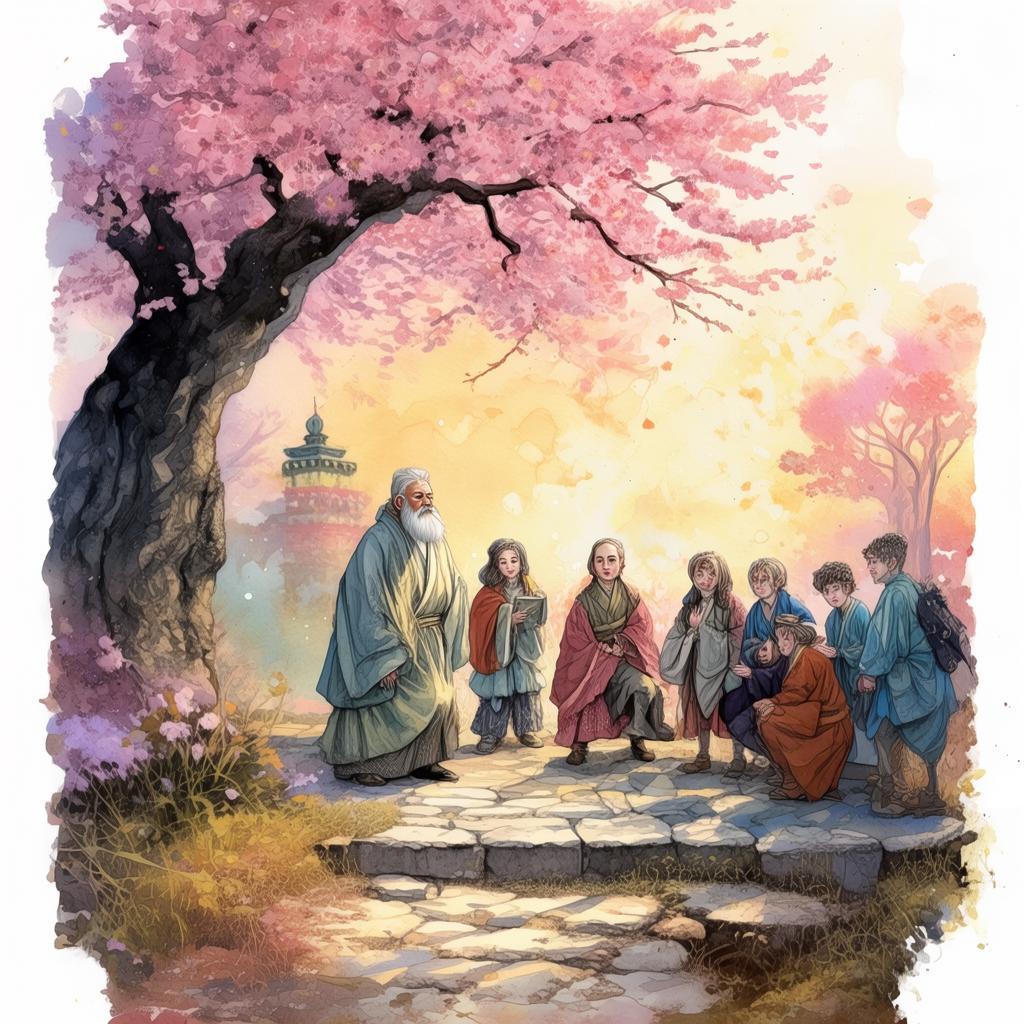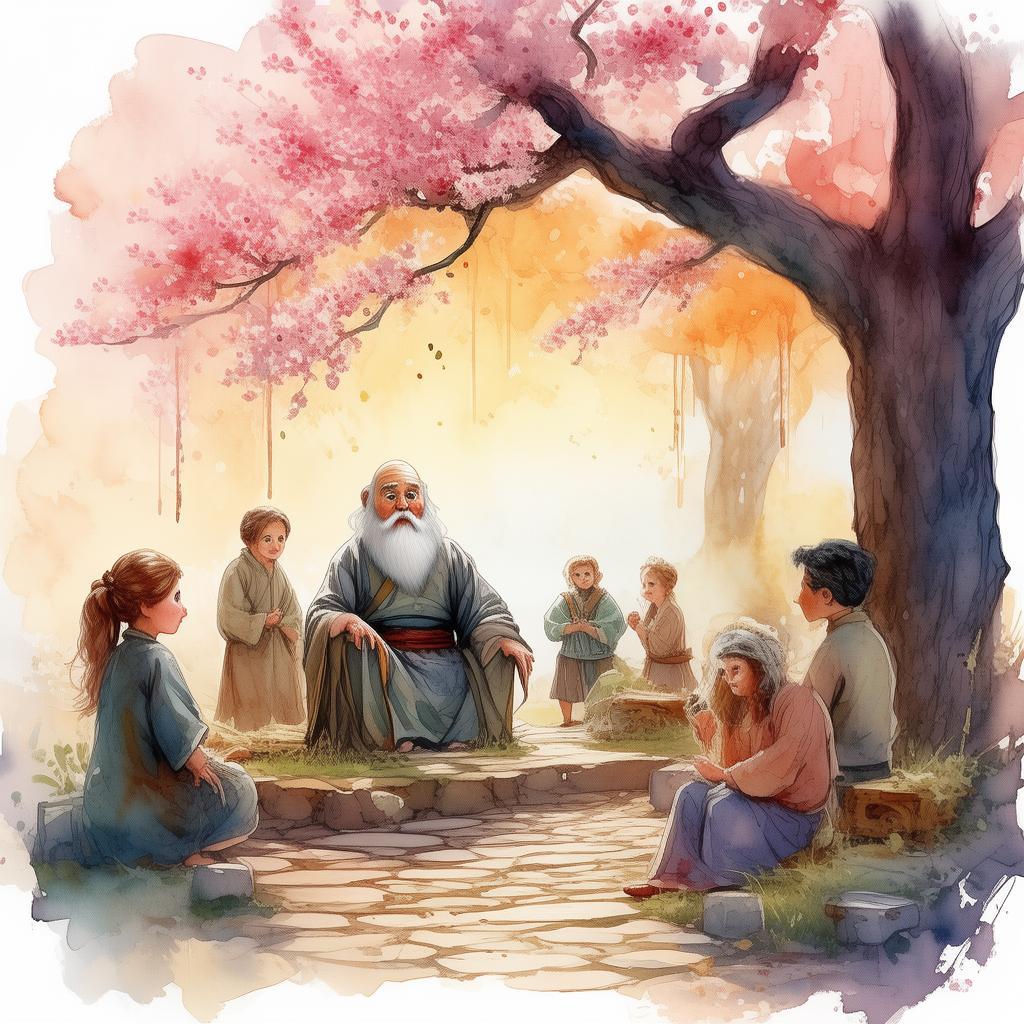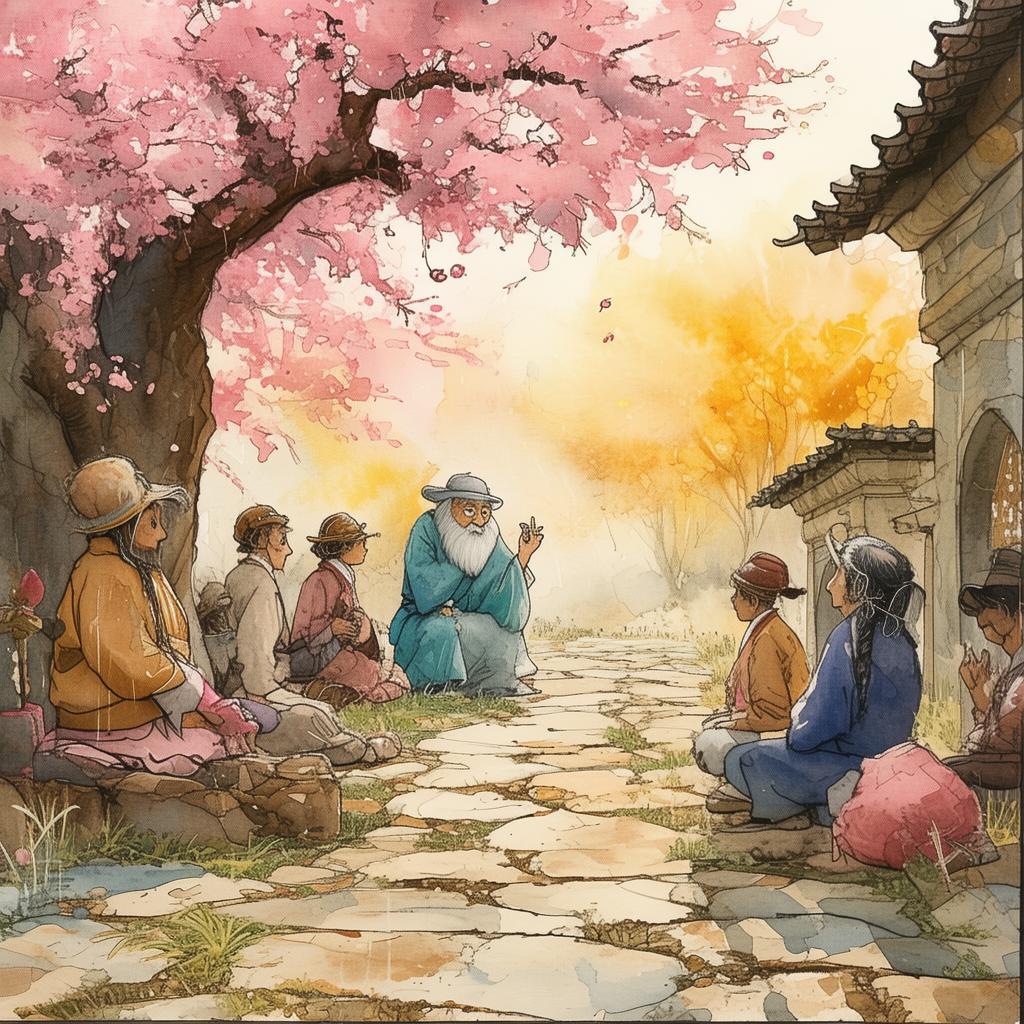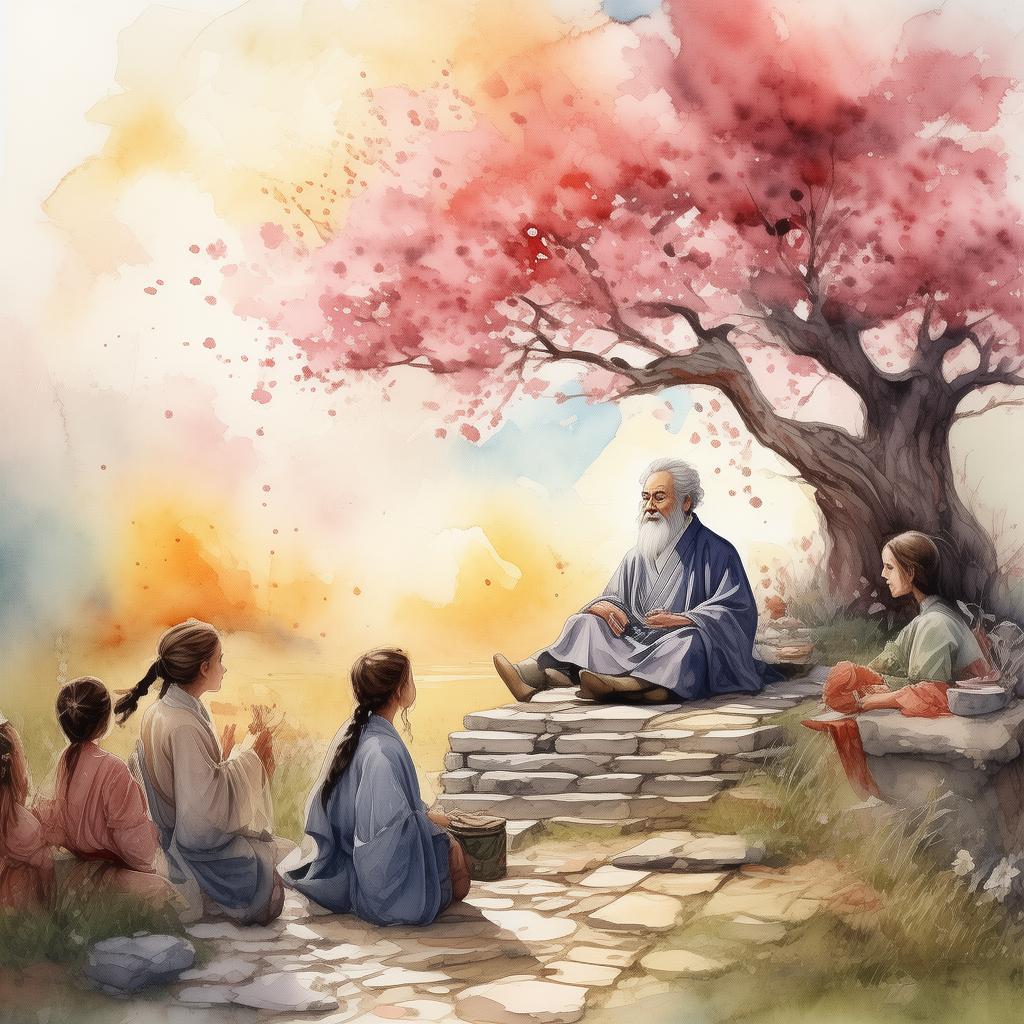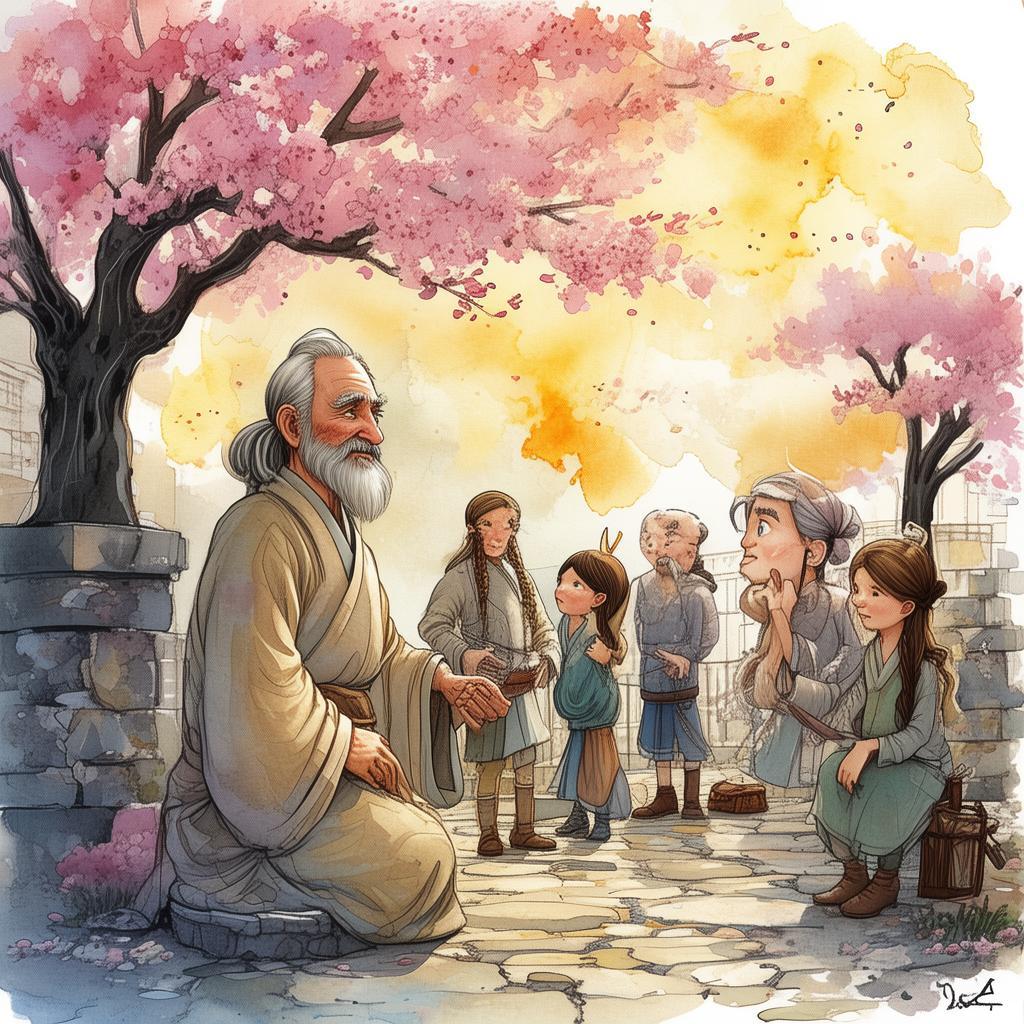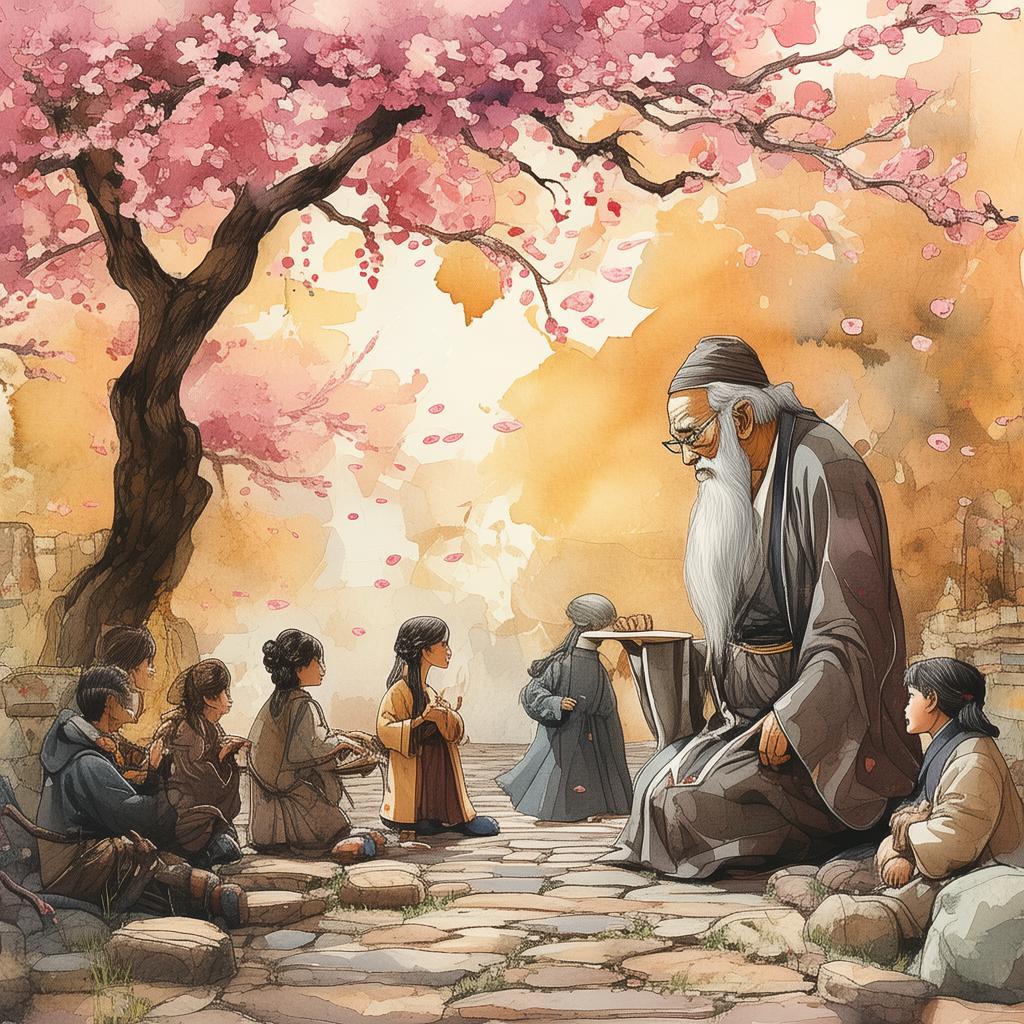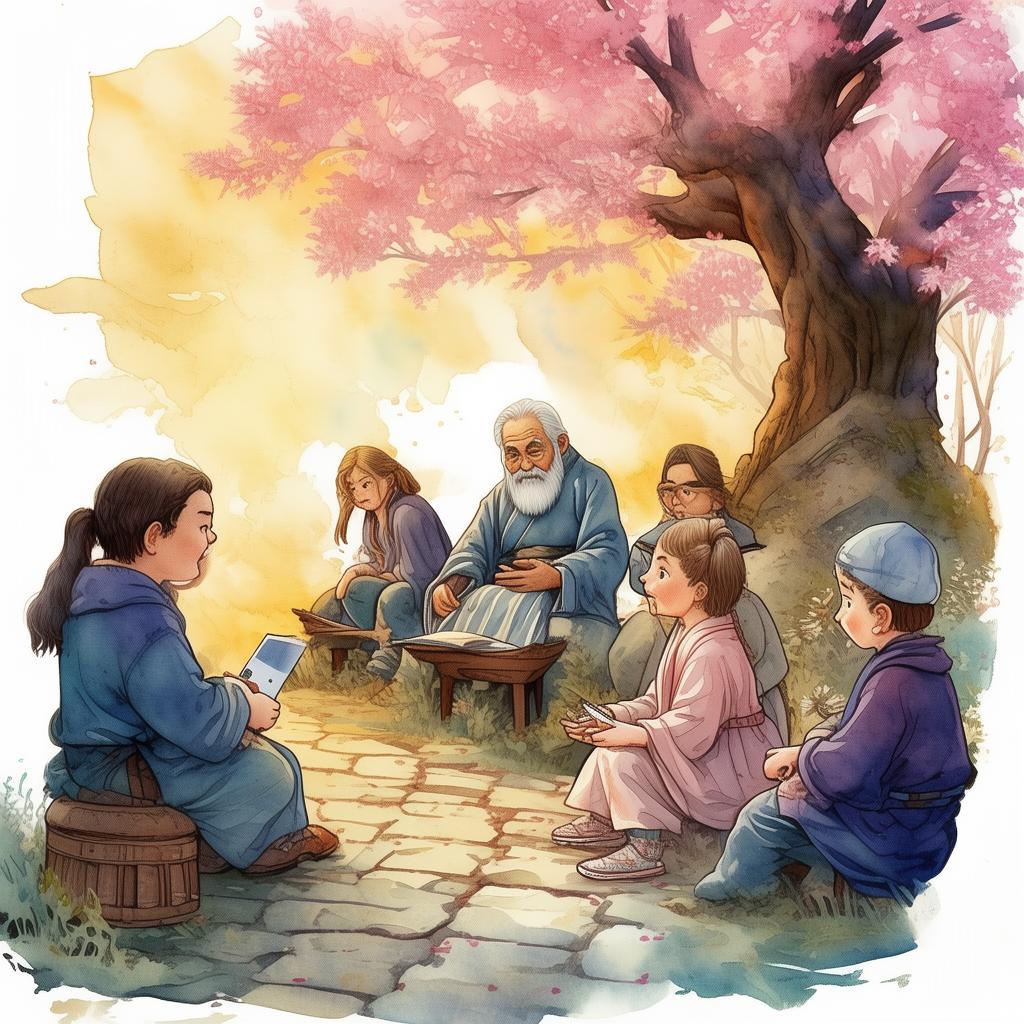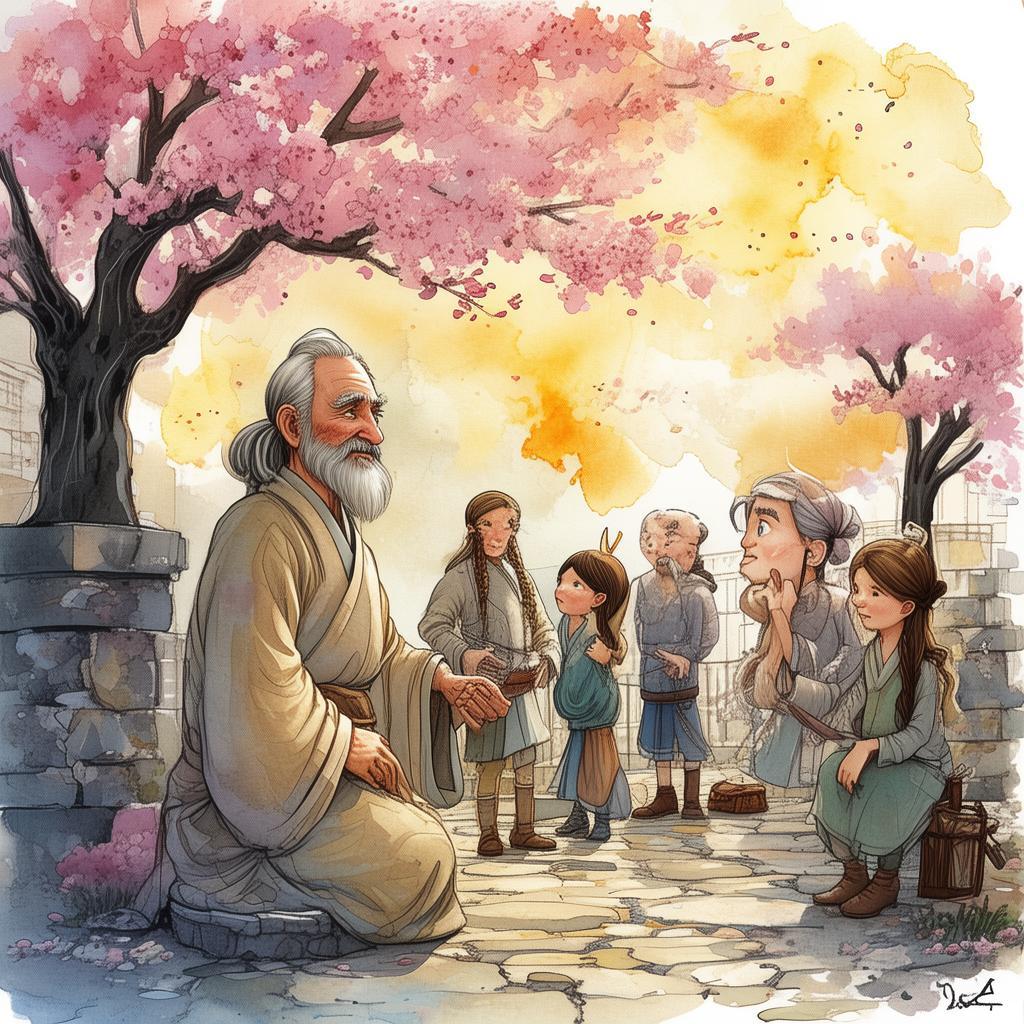The Last Resonance of the Kidney: A Journey Through the Renal Renaissance
In the heart of the bustling city of Neo-Tokyo, where the neon lights flickered like a heartbeat, Dr. Liang stood in the dimly lit corridors of the Central Renal Hospital. His face was etched with worry, his eyes reflecting the weight of a diagnosis that no one should have to bear. He was a specialist in renal medicine, a doctor who had seen the best and the worst of human resilience. Yet, it was his own kidneys that had failed, a cruel twist of fate.
The hospital was a place of miracles and despair, where every patient's story was a testament to the human spirit. Dr. Liang's own journey began with the realization that he was not just a healer but also a patient in need of healing. His kidneys, the organs that had allowed him to care for others, now needed saving.
The Renal Renaissance, as it was called, was a period of profound change in medical technology. Kidneys, once the exclusive domain of biology, were now being enhanced with artificial intelligence and nanotechnology. This technological revolution had given new life to countless patients, but it also brought with it a moral dilemma. Who had the right to these kidneys, and what did it mean to be a human in an age where technology could save or define us?
Dr. Liang's quest for a kidney became a journey through the heart of this technological renaissance. He visited the cutting-edge clinics, where doctors and engineers worked side by side, creating kidneys that were not just biological but also capable of learning and adapting. He saw the hope in the eyes of patients who had been given a second chance, but he also felt the coldness of a system that valued efficiency over empathy.
As he delved deeper into this world, Dr. Liang encountered a young woman named Mei, whose kidneys had failed due to a rare disease. Mei was a philosopher, a student of the human condition, and her life had become a paradox of modern medicine. She had the means to receive a technological kidney, but she chose to wait for a biological one, believing that the essence of humanity lay in the natural cycle of life and death.
The two of them formed an unlikely bond, their conversations weaving through the philosophical questions that surrounded them. Was it better to have a kidney that was a perfect blend of technology and biology, or one that was a natural extension of one's own body? What did it mean to be whole when parts of you were made by machines?
Dr. Liang's journey took him to the heart of the hospital's most advanced research facility, where he met Dr. Wang, a brilliant scientist who had dedicated his life to creating kidneys that could be grown from a patient's own cells. Dr. Wang's work was a beacon of hope, but it also posed a question: What if the line between technology and humanity became so blurred that we could no longer distinguish one from the other?
As the story unfolded, Dr. Liang grappled with his own mortality and the ethics of his profession. He visited the patients, each with their own story of struggle and hope, and he began to see the kidneys not just as organs but as symbols of the human spirit. They were the source of life, but they were also the source of debate, the source of the Renal Renaissance.
One evening, as the city lights reflected off the hospital windows, Dr. Liang found himself in the emergency room, where a young child had been brought in with acute kidney failure. The child's parents were beside themselves with fear and hopelessness. Dr. Liang, driven by a combination of professional duty and personal guilt, decided to take a chance. He proposed a radical idea: to use a portion of his own kidneys to save the child's life.
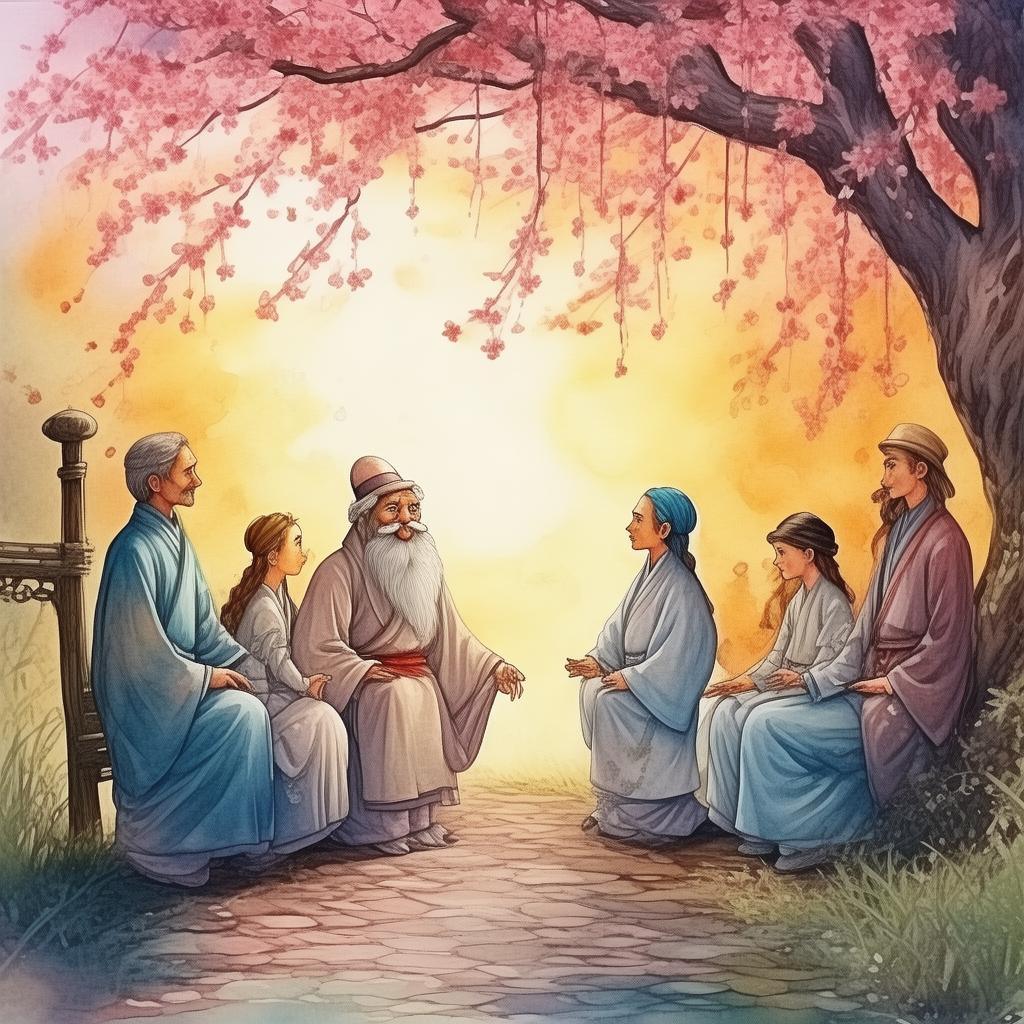
The surgery was risky, and the outcome uncertain. As Dr. Liang lay on the operating table, he thought about Mei, about Dr. Wang, about the entire world of medical technology that had become his life. He realized that the true essence of the Renal Renaissance was not just in the technology itself, but in the human connection that it facilitated.
The surgery was successful, and the child's life was saved. As Dr. Liang recovered, he found himself reflecting on the journey that had brought him to this moment. He understood that the kidneys were not just a part of the body, but a part of the soul. They were a symbol of the resilience of the human spirit, and the connection between technology and empathy that had been at the heart of his odyssey.
The Last Resonance of the Kidney became a story that resonated far beyond the walls of the hospital. It was a tale of hope, of technology, and of the enduring power of human connection. It was a story that reminded us that in the age of the Renal Renaissance, it is not just the kidneys that are being saved, but the essence of what it means to be human.
✨ Original Statement ✨
All articles published on this website (including but not limited to text, images, videos, and other content) are original or authorized for reposting and are protected by relevant laws. Without the explicit written permission of this website, no individual or organization may copy, modify, repost, or use the content for commercial purposes.
If you need to quote or cooperate, please contact this site for authorization. We reserve the right to pursue legal responsibility for any unauthorized use.
Hereby declared.
